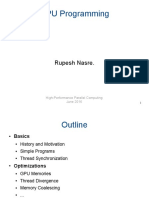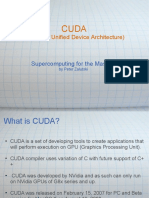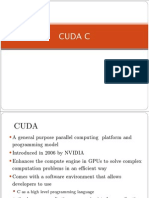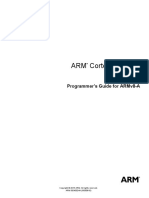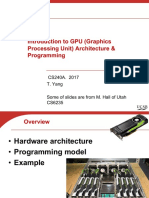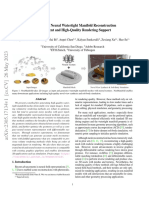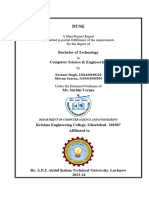0% found this document useful (0 votes)
150 views20 pagesGpu1 - GPU Introduction
This document provides an introduction to GPU computing. It discusses the history of graphics processing and how dedicated graphics cards evolved to use massively parallel architectures to improve performance. Modern GPUs have thousands of cores and very high memory bandwidth. Programming frameworks like CUDA and OpenCL allow general purpose programming on GPUs. Efficiently mapping algorithms to make use of thousands of GPU threads requires consideration of resources like shared memory, registers, and memory access patterns.
Uploaded by
Richik DuttaCopyright
© © All Rights Reserved
We take content rights seriously. If you suspect this is your content, claim it here.
Available Formats
Download as PPTX, PDF, TXT or read online on Scribd
0% found this document useful (0 votes)
150 views20 pagesGpu1 - GPU Introduction
This document provides an introduction to GPU computing. It discusses the history of graphics processing and how dedicated graphics cards evolved to use massively parallel architectures to improve performance. Modern GPUs have thousands of cores and very high memory bandwidth. Programming frameworks like CUDA and OpenCL allow general purpose programming on GPUs. Efficiently mapping algorithms to make use of thousands of GPU threads requires consideration of resources like shared memory, registers, and memory access patterns.
Uploaded by
Richik DuttaCopyright
© © All Rights Reserved
We take content rights seriously. If you suspect this is your content, claim it here.
Available Formats
Download as PPTX, PDF, TXT or read online on Scribd
/ 20
